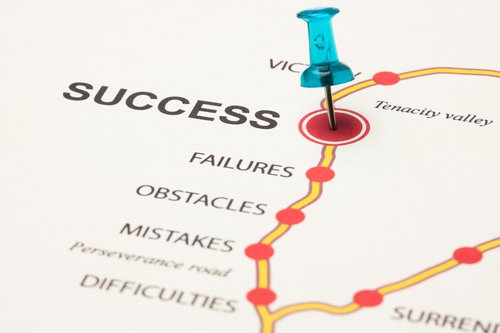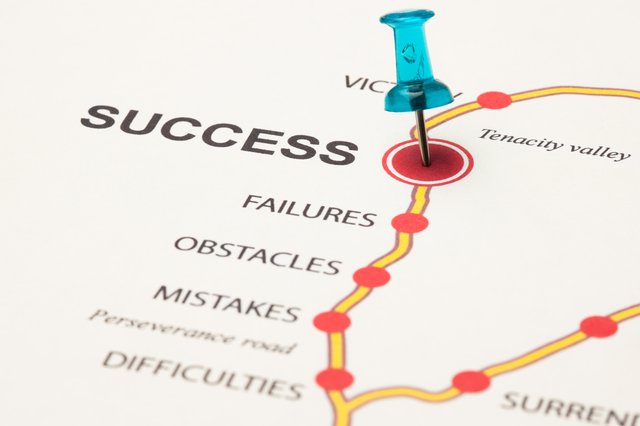
When Sara Blakely, founder of the shapewear brand Spanx, was a child, her father would pose an unusual question to her and her brother over dinner: How did you fail this week?
“He encouraged us to fail, and not to be afraid of it,” she told me. “If we didn’t have something to tell him that week, he would be disappointed.”
When Blakely tried out for the cheerleading squad and was “horrible and didn’t make it,” he high-fived her. When she revealed that she lost her campaign for senior class president, he told her that was amazing.
“I knew that the most popular girl was running and would win, but I had been trained by my dad to do it for the experience and the stories and the people you might meet by putting yourself out there,” Blakely said.

But most of us try to avoid failure and are embarrassed when things go wrong, said Amy Edmondson, a professor of leadership at Harvard Business School.
Dr. Edmondson has spent 20 years researching psychological safety, or the belief that people can speak up in the workplace without the risk of punishment or humiliation. Her new book “Right Kind of Wrong: The Science of Failing Well” uses that research to explore how we can build a healthy relationship with our mistakes.
She outlined a few ways to process and learn from our missteps.
Put your failure into context.
When we fail, our brains tend to catastrophize, and “then end up with the physiological and emotional response of actual fear,” Dr. Edmondson said. But it’s possible to reframe your failures as necessary and meaningful life experiences, she said.
Start by asking yourself: What did I set out to do? What actually happened? (This question isn’t about focusing on how you “screwed up,” Dr. Edmondson said. It’s about dispassionately examining the facts.) Is it possible to make amends or course correct?
Exploring these questions, or even journaling about each one, can keep you from panicking, or blowing your failure out of proportion, she said.
Learn how to pivot.
Rather than wallowing in shame after a setback, focus instead on what you can do to move on or change direction. Recognize the ways you might manage to pivot, Dr. Edmondson said. If, say, a relationship failed, you might try a new dating app, have a divorce party or take a break from dating and regroup.
Measure your success on progress and learning. “A failure is an end, but a pivot looks forward rather than backward,” she said. “It’s about possibility.”
Encourage failure sharing.
Humility and honesty are two essential ingredients of the “fail well” mind set, Dr. Edmondson said. And sharing our fiascos with others, she said, minimizes shame, encourages truth telling and offers people a chance to learn from each other’s mistakes.
“It normalizes the reality of failure for all of us and is deeply bonding,” Dr. Edmondson said. We often think that our mistakes make us less worthy of connection, but the opposite is often true. “You don’t like people who are perfect,” she said. “You like the people who are honest and vulnerable.”
In the spirit of failure sharing, here are a few of mine. I flunked the test to get my driver’s license three times. I was fired from Burger King for not filling sodas fast enough.
And, as an author, I have done several readings where no one showed up. At my last one, a man wandered in and sat in one of the empty chairs. After a few more minutes of waiting in vain for more people, I asked the man if he’d like me to begin my reading.
He explained that he was sitting there only because his feet hurt. “Actually,” he said, “I’d prefer that you didn’t read.”
Comments are closed.
